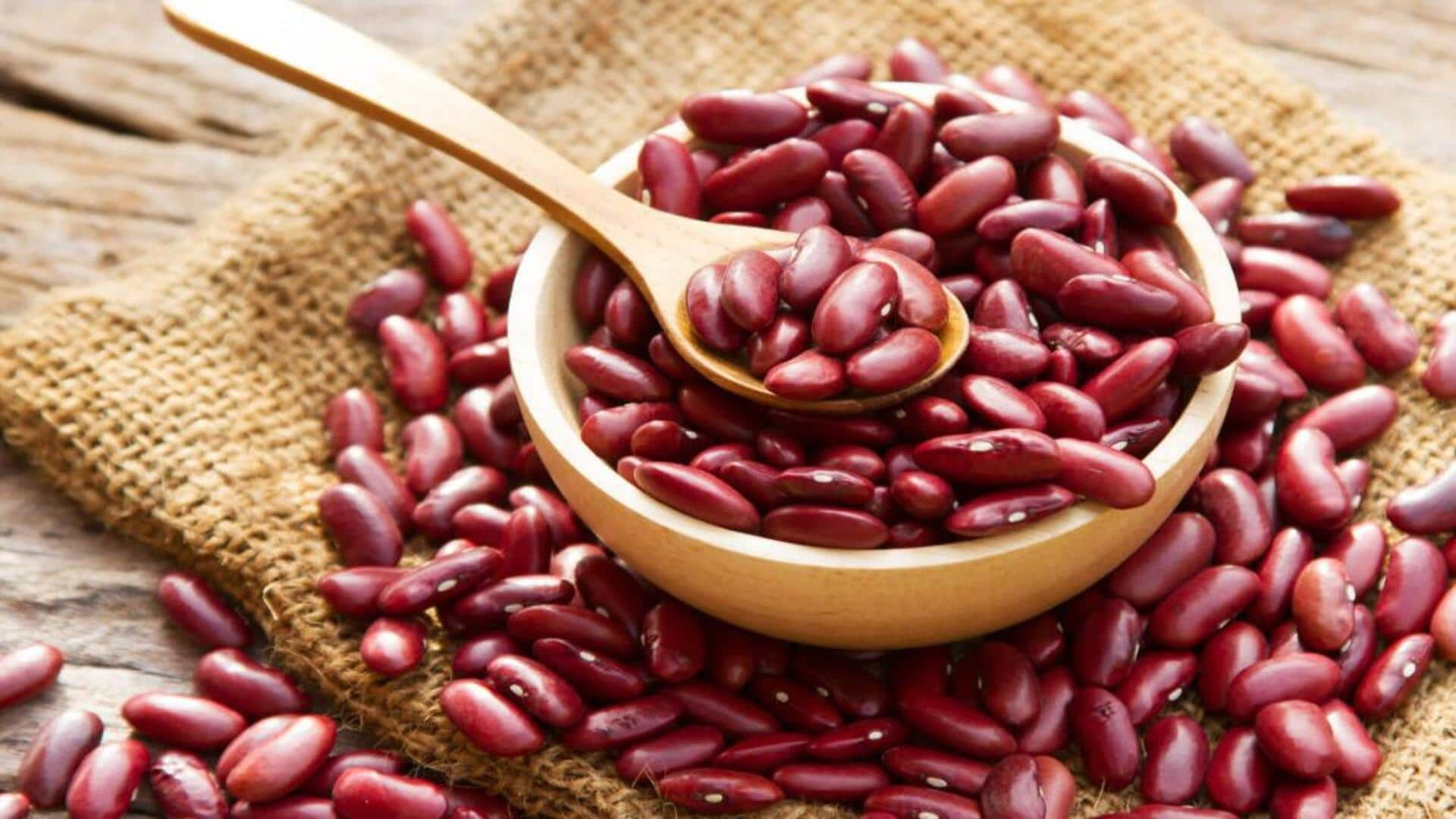
Rajma's global story: From Mesoamerica to Indian cuisine
What's the story
Rajma, better known as kidney beans, has a long history that dates back to Mesoamerica.
Cultivated by ancient civilizations, these beans traveled across continents to become an integral part of Indian cuisine.
Nutritionally rich, rajma is protein and fiber-rich, making it a vegetarian favorite.
Here's taking a look at the journey of rajma, from its origins to its place in Indian kitchens today.
Ancient cultivation
The Mesoamerican beginnings
The cultivation of kidney beans dates back thousands of years to what is now Mexico and Central America.
The beans formed a key part of indigenous peoples' diets, owing to their adaptability to different climates and ability to provide key nutrients.
Archaeological findings indicate they were domesticated in tandem with other crops such as maize and squash, forming the foundation of early agricultural systems.
Global spread
Rajma's journey across continents
With European exploration and colonization, kidney beans made their way from Mesoamerica to other parts of the world.
They gained immense popularity in Europe in the 16th century for their versatility and ease of storage.
As trade routes widened, these beans made their way into African and Asian cuisines, adapting to local tastes and culinary practices in the process.
Culinary fusion
Integration into Indian cuisine
In India, rajma was brought through trade routes linking Asia with Europe. Gradually, it found its way into regional cuisines in India.
The dish rajma masala, which pairs kidney beans with spices like cumin, coriander, turmeric, and garam masala, has become a favorite comfort food across the nation.
Its taste is not the only reason why it is so loved. It is nutritious too!
Health advantages
Nutritional benefits of rajma
Rajma also enjoys a lot of love for its health benefits.
Rajma is rich in protein and dietary fiber but low on fat content.
It also gives you vitamins (like folate) and minerals (like iron), which are important for a healthy body.
Its high fiber content can improve digestion, and low glycemic index can help maintain blood sugar levels.